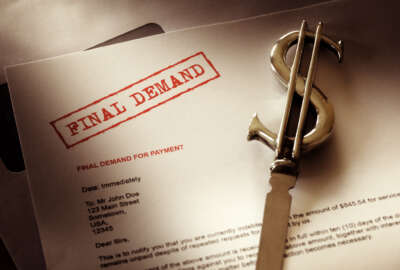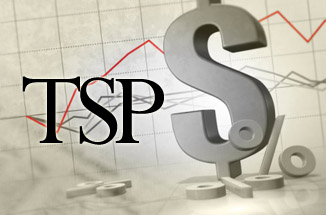
Tapping into the G Fund is one of six options for Treasury as debt limit nears
The Congressional Budget Office detailed in a new projection that the government would hit the debt limit by March 15, and Treasury would have to take extraordinary...
The Treasury Department will have to take extraordinary steps, including tapping into the Thrift Savings Plan’s G Fund, to keep the government from defaulting on its debt on or about March 16.
The Congressional Budget Office issued a projection March 7 highlighting both the amount of money the government can borrow until it reaches the statutory limit and what the government can do to stave off default until Congress acts.
“If the current suspension is not extended or a higher debt limit is not legislated before March 16, the Treasury will, from that date forward, have no room to borrow under standard operating procedures. Therefore, to avoid breaching the ceiling, the Treasury would begin taking the extraordinary measures that would allow it to continue to borrow for a limited time,” the CBO stated. “Continued use of those measures, along with regular cash inflows, should allow the Treasury to finance the government’s activities for the next several months without an increase in the debt ceiling.”
The debt limit is $19.9 trillion and Congress must increase it before the Treasury runs out of room to borrow sometime in the fall, according to the CBO.
The office outlined several familiar steps Treasury could take to keep the government operating and not default on its debt.
Similar to years past, Treasury could suspend investments in the TSP G Fund to gain access to more than $224 billion.
The Federal Retirement Thrift Investment Board, which runs the TSP, has said repeatedly over the last eight years that the G Fund would be made whole once Congress increases the debt ceiling, based on a 1987 law.
Additionally, Treasury could create some breathing room by suspending issuance of new securities, reinvesting maturing securities and amortizing payments for the Civil Service Retirement and Disability Fund (CSRDF) and Postal Service Retiree Health Benefits Fund (PSRHBF). In all, this would give Treasury access to about another $100 billion.
“When the previous debt limit suspension expired in March 2015, the Treasury employed the same set of extraordinary measures described in this report. Such measures were nearly exhausted when the debt limit was suspended again in early November of that year,” CBO stated. “As of March 16, 2017, the Treasury will probably have about $30 billion more in extraordinary measures available than it had at the same point in 2015. However, the amount of additional debt subject to limit that can be offset by the use of those extraordinary measures over the next several months is also expected to be somewhat greater than the amount offset during the same period in 2015. As a result, by CBO’s estimate, the Treasury would most likely be able to continue borrowing and have sufficient cash to make its usual payments until sometime in the fall of this year without an increase in the debt limit, though an earlier or later date is possible.”
Along with the debt ceiling, Congress and the White House must decide on a budget plan for the rest of fiscal 2017. The current continuing resolution expires on April 28.
Congress passed and President Barack Obama signed the first CR in Sept. 29, keeping the government open through Dec. 9.
President Donald Trump is expected to submit what his staff is calling a “light” fiscal 2018 budget in mid-March, and a full budget to Congress in May.
Copyright © 2025 Federal News Network. All rights reserved. This website is not intended for users located within the European Economic Area.
Jason Miller is executive editor of Federal News Network and directs news coverage on the people, policy and programs of the federal government.
Follow @jmillerWFED
Related Stories






